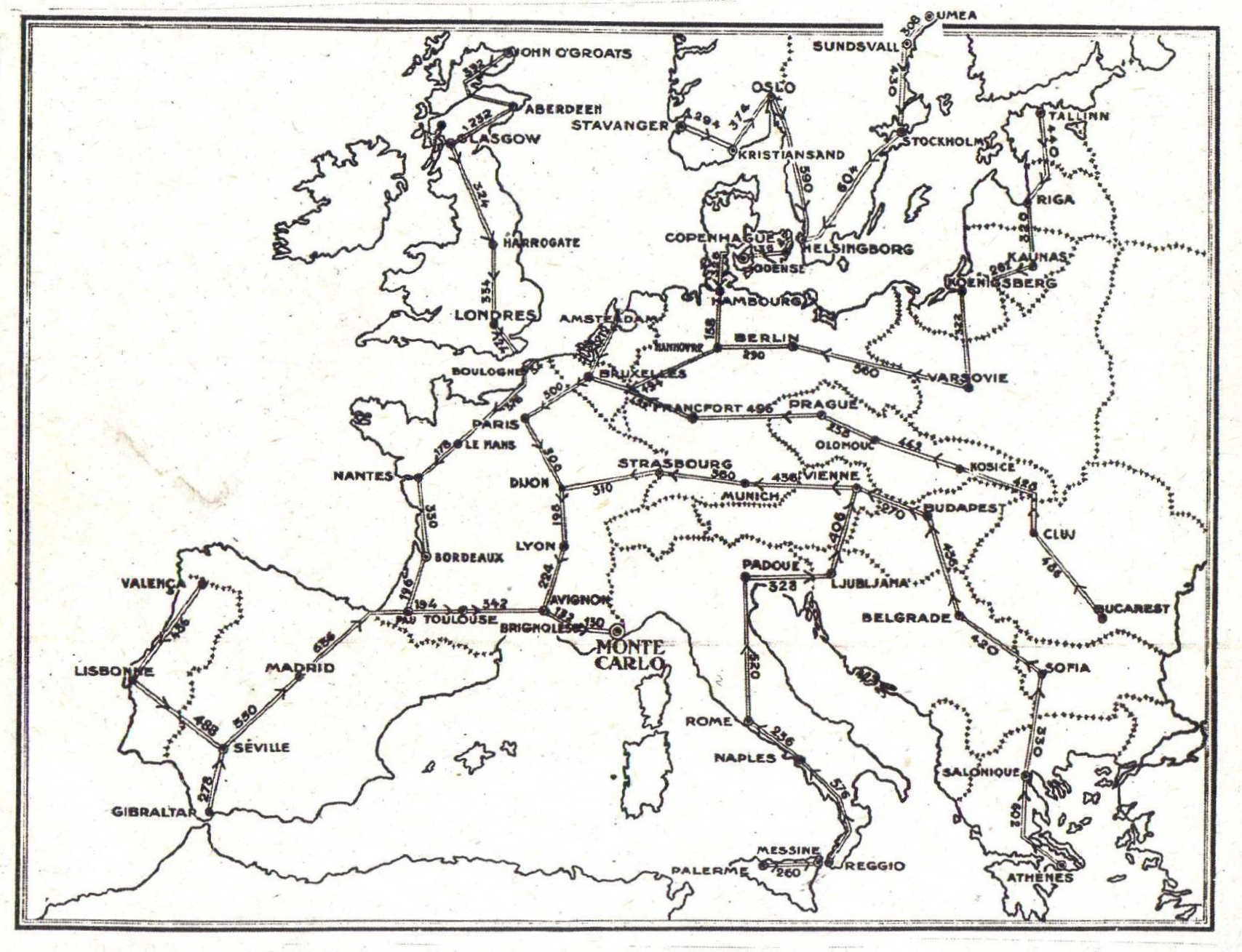Hallucinations on the road
It took four days to complete the 3,852-kilometre route to Monaco via Thessaloniki, Belgrade, Budapest, Vienna, Strasbourg and Avignon. Pohl recalls: “I saw some strange things on the way. Once a horse reversed towards us at full speed and another time I had to swerve to avoid a huge elephant. No, there was nothing actually on the road, these were hallucinations after four nights without sleep. The car was humming along quietly, which made you sleepy, and there was thick fog.”
 The soft-top car was fitted with a heating system, electric heating of part of the windscreen, thermos flask and map holders and a searchlight.
The soft-top car was fitted with a heating system, electric heating of part of the windscreen, thermos flask and map holders and a searchlight.
72 crews out of 105 entries reached the finish. The ŠKODA POPULAR Sport made it without picking up any penalty points. It passed the technical inspection and did well in the manoeuvring agility test. Pohl and Hausman came second in their category up to 1,500 cm3. They could even have won if they had told the organisers about the victorious Italian car’s prohibited repair work they had witnessed in Budapest. But they didn’t stoop so low as to snitch on their rivals.
 Map of the 1936 Monte Carlo Rally with starting points in several European cities; the Czech crew started from Athens.
Map of the 1936 Monte Carlo Rally with starting points in several European cities; the Czech crew started from Athens.



























